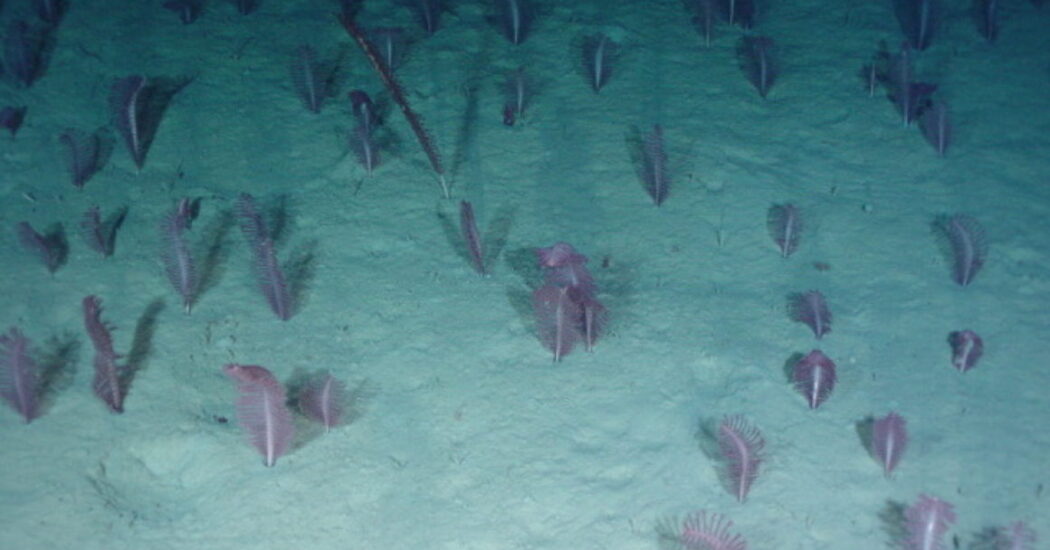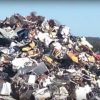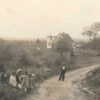
KJIPUKTUK (Halifax) – The Canada – Newfoundland & Labrador Offshore Petroleum Board (CNLOPB) has granted BP Canada an exploratory license to drill for oil in the Northeast Newfoundland Slope Marine Refuge, Atlantic Canada’s largest protected marine area.
That doesn’t sit well with Jordy Thomson, Senior Marine Coordinator (Ecosystems) with the Ecology Action Centre.
“It’s quite a large area of about 55,000 square kilometers off the northeast coast of Newfoundland. And it’s important because it’s home to high densities of cold water corals and sponges. These species are the foundation of deep sea ecosystems, they create the habitat that fish and other invertebrates use. And they’re quite sensitive to disturbance because they grow slowly. It takes them a long time to recover, says Thomson.
Marine refuges are established under the Fisheries Act and only regulate the fishing activity, the site is not protected from oil and gas development. Between the newly announced area and those from previous years, exploratory oil and gas leases will now cover roughly one-quarter of the refuge.
“The area is closed off for those fisheries that contact the bottom, damaging corals and sponges. But that’s exactly why it makes no sense to then turn around and allow drilling. There are a variety of other risks associated with that industry, as well. It doesn’t make any sense from a conservation perspective,” Thomson says.
Exploratory drilling will lead to production. Other issues, such as seismic testing, have also been shown to be damaging to wildlife, says Thomson.
Earlier this year, the Minister of Environment and Climate Change Canada, Jonathan Wilkinson, created a regulation that exempts exploratory drilling projects in the offshore region east of Newfoundland from federal impact assessment because a large-scale Regional Assessment had been completed.
Thomson believes that such an exemption should not have been granted.
“We participated in that regional assessment process from start to finish, and in our opinion, it was deeply flawed and incomplete. It should not serve as the basis for this kind of exemption regulation. That’s why we, together with the Sierra Club Canada Foundation and WWF-Canada, are challenging both of those things in court,” Thomson says.
See also: BP may leave for now, but it’s too early to celebrate, says offshore activist
With a special thanks to our generous donors who make publication of the Nova Scotia Advocate possible.
Subscribe to the Nova Scotia Advocate weekly digest and never miss an article again. It’s free!




“It is important that marine refuges offer a high quality of protection so they can effectively safeguard Atlantic Canada’s unique and sensitive marine life,” explains Jordy Thomson, Senior Marine Coordinator (Ecosystems) with EAC. “It doesn’t make sense to ban bottom fishing but allow drilling. International guidance on protected areas is clear that industrial activities like oil and gas should not be permitted within protected areas.” Canada has committed to protecting 25% of its ocean area by 2025 and 30% by 2030. While the current announcement relates to exploratory drilling only, when a production license is granted within a marine refuge, the lease area would no longer be considered protected for the purposes of measuring Canada’s progress toward these targets (although bottom fishing would still be banned).